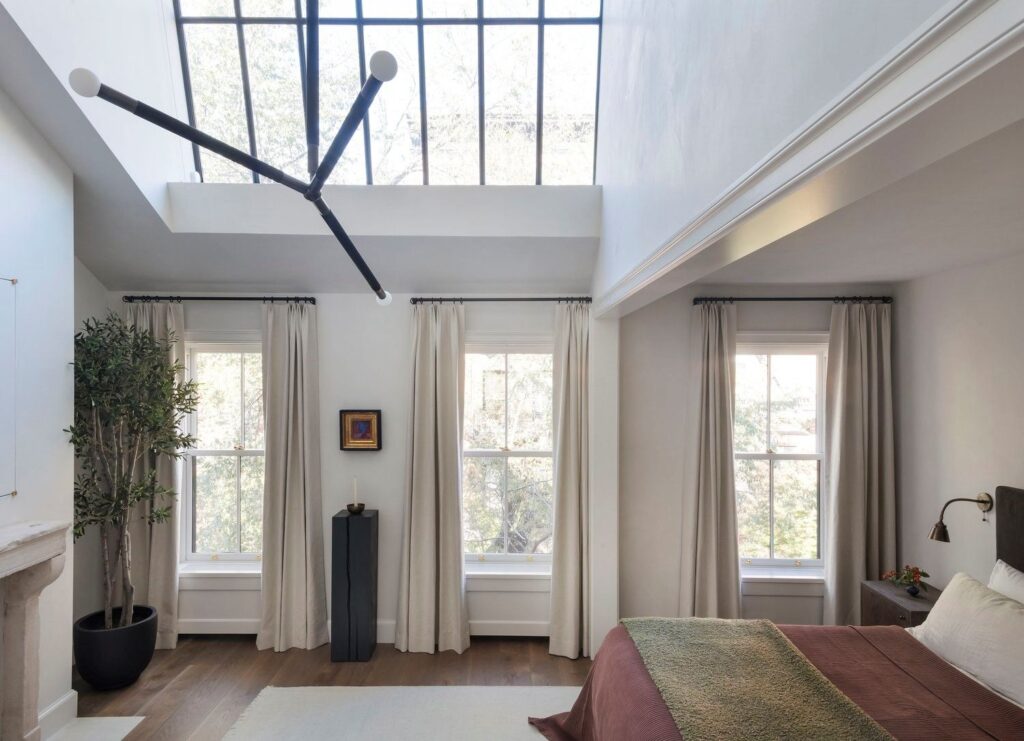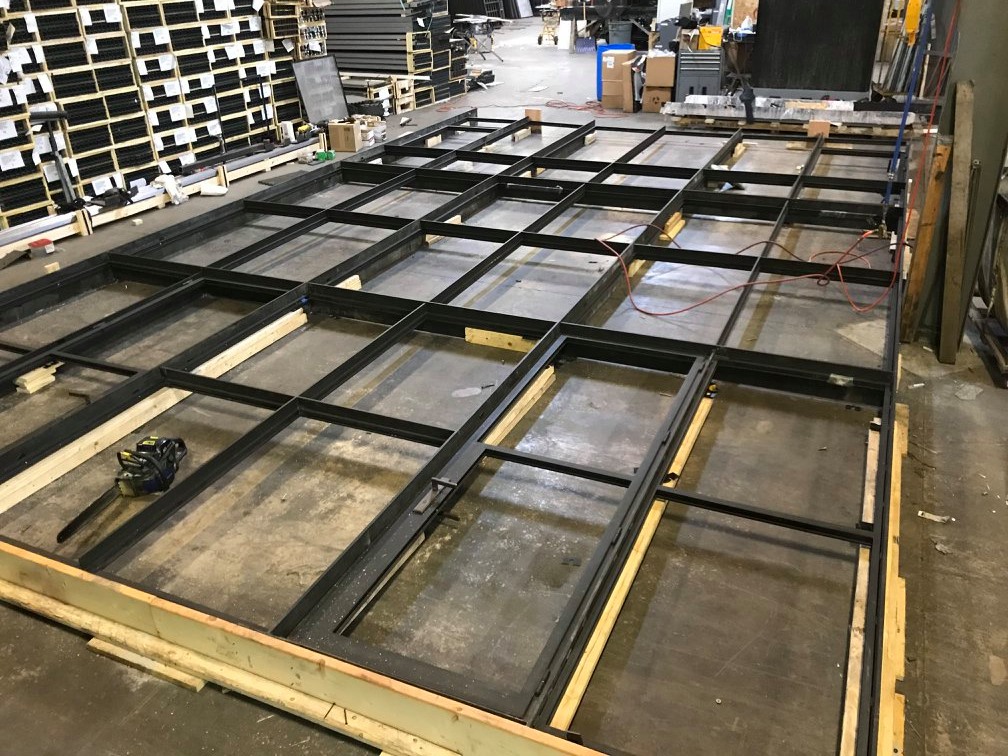Have you ever considered how the windows, doors, and skylights in a building do more than just offer a view or a breath of fresh air?
These elements, collectively known as fenestration, play a pivotal role in defining a building’s character, its interaction with the environment, and, most importantly, its sustainability. In the realm of green building and sustainable design, the choices we make in fenestration design can significantly impact a building’s energy efficiency, occupant comfort, and environmental footprint.
This article delves into the world of sustainable fenestration practices, guiding architects and designers on how to integrate these principles to create energy-efficient, aesthetically pleasing, and environmentally responsible buildings.
Fenestration is not just about selecting windows or doors; it’s about crafting an interface between the indoors and the outdoors that respects and enhances the building envelope. As we explore sustainable practices in fenestration design, we’ll uncover how custom solutions contribute to sustainable building strategies, focusing on material sourcing, energy savings, and the well-being of building occupants.
The Role of Fenestration in Green Building
Understanding Fenestration’s Impact
Fenestration, at its core, is about more than just aesthetics or natural light; it’s a critical component of a building’s energy efficiency and thermal performance. Think of a building as a living organism. Just like skin regulates temperature and protects the body, fenestration helps regulate a building’s climate and energy consumption. Properly designed fenestration can reduce the need for artificial lighting and ventilation, leading to significant energy savings.
Enhancing Energy Efficiency
The strategic placement and sizing of windows, doors, and skylights can maximize daylighting, reducing the reliance on artificial sources of light and thereby decreasing energy consumption. Moreover, incorporating high-performance glazing and frames can insulate against heat gain in summer and heat loss in winter, balancing the building’s thermal dynamics.
Improving Occupant Comfort and Well-being
Beyond energy considerations, fenestration significantly affects the occupant’s comfort and productivity. Spaces flooded with natural light and offering outdoor views create a more inviting and healthy environment. This aspect of sustainable fenestration extends beyond energy metrics, touching on biophilic design principles that connect occupants to nature, enhancing their well-being.

Sustainable Materials for Fenestration
Choosing the Right Materials
When it comes to sustainable fenestration, material selection is paramount. The fenestration industry has made strides in offering materials that are not only durable but also have a lower environmental impact. Steel, for instance, stands out for its strength, durability, and recyclability, making it an excellent choice for sustainable building projects.
Material Comparison
| Material | Durability | Environmental Impact | Recyclability |
|---|---|---|---|
| Steel | High | Low | High |
| Glass | Medium | Medium | Medium |
| Wood | Medium | Variable | High |
| Aluminum | High | High | High |
Life Cycle Assessment (LCA)
An LCA of fenestration materials evaluates their environmental impact from production to disposal. This holistic approach ensures that the materials chosen for a project contribute positively to its sustainability goals, considering factors like carbon footprint and energy consumption throughout the material’s life span.
Energy Efficiency through Custom Fenestration
Designing for Efficiency
Custom fenestration allows architects to tailor design strategies to a building’s specific needs, optimizing for energy efficiency and occupant comfort. For example, orienting windows to take advantage of natural light while minimizing solar heat gain can significantly reduce a building’s energy requirements.
Advanced Glazing Technologies
Innovations in glazing, such as low-E coatings and insulated glazing units (IGUs), have revolutionized fenestration’s role in energy-efficient design. These technologies help control heat gain and loss, contributing to a building’s overall thermal performance.
Integration with Building Systems
Modern fenestration solutions can be integrated with building energy management systems (BEMS) to automate shading, ventilation, and daylighting, further enhancing energy savings and occupant comfort. This smart approach to fenestration underscores the shift towards more energy-efficient buildings that adapt to their environment and users’ needs.
Sustainable Manufacturing Processes
Reducing Environmental Impact
The fenestration industry is increasingly adopting sustainable manufacturing processes to minimize its environmental footprint. This includes using renewable energy sources in production, implementing waste reduction techniques, and recycling materials wherever possible.
The Role of Precision Manufacturing
Precision manufacturing techniques not only reduce waste but also ensure that fenestration products meet the highest standards of energy performance and durability. This attention to detail is crucial for sustainable fenestration products that contribute to greener buildings.

Case Studies: Successful Implementations of Sustainable Fenestration
Project Highlights
Exploring real-world applications of sustainable fenestration can provide valuable insights into its benefits and implementation challenges. Case studies of buildings that have successfully integrated sustainable fenestration practices reveal the potential for energy savings, improved occupant comfort, and reduced environmental impact.
Analyzing Outcomes
By examining the design choices, materials, and technologies used in these projects, we can distill best practices and lessons learned. These insights can guide future fenestration design, encouraging more sustainable construction practices across the industry.

Challenges and Opportunities
Navigating the Path Forward
While the benefits of sustainable fenestration are clear, challenges such as cost, regulatory hurdles, and market readiness can impede its widespread adoption. However, these challenges also present opportunities for innovation, education, and advocacy within the construction industry.
The Future of Fenestration
Emerging trends in materials science, digital technologies, and sustainable design principles promise to further enhance fenestration’s role in green building. As we look to the future, the continued evolution of sustainable fenestration practices will be key to achieving more energy-efficient, occupant-friendly, and environmentally responsible buildings.
Conclusion
The journey towards sustainable fenestration is a collaborative effort that requires the commitment of architects, manufacturers, and stakeholders across the construction industry. By embracing sustainable practices, we can ensure that fenestration continues to play a vital role in creating sustainable built environments that benefit both people and the planet. As we move forward, let’s continue to innovate, educate, and advocate for fenestration solutions that meet our green building goals, paving the way for a more sustainable future in architecture and construction.



